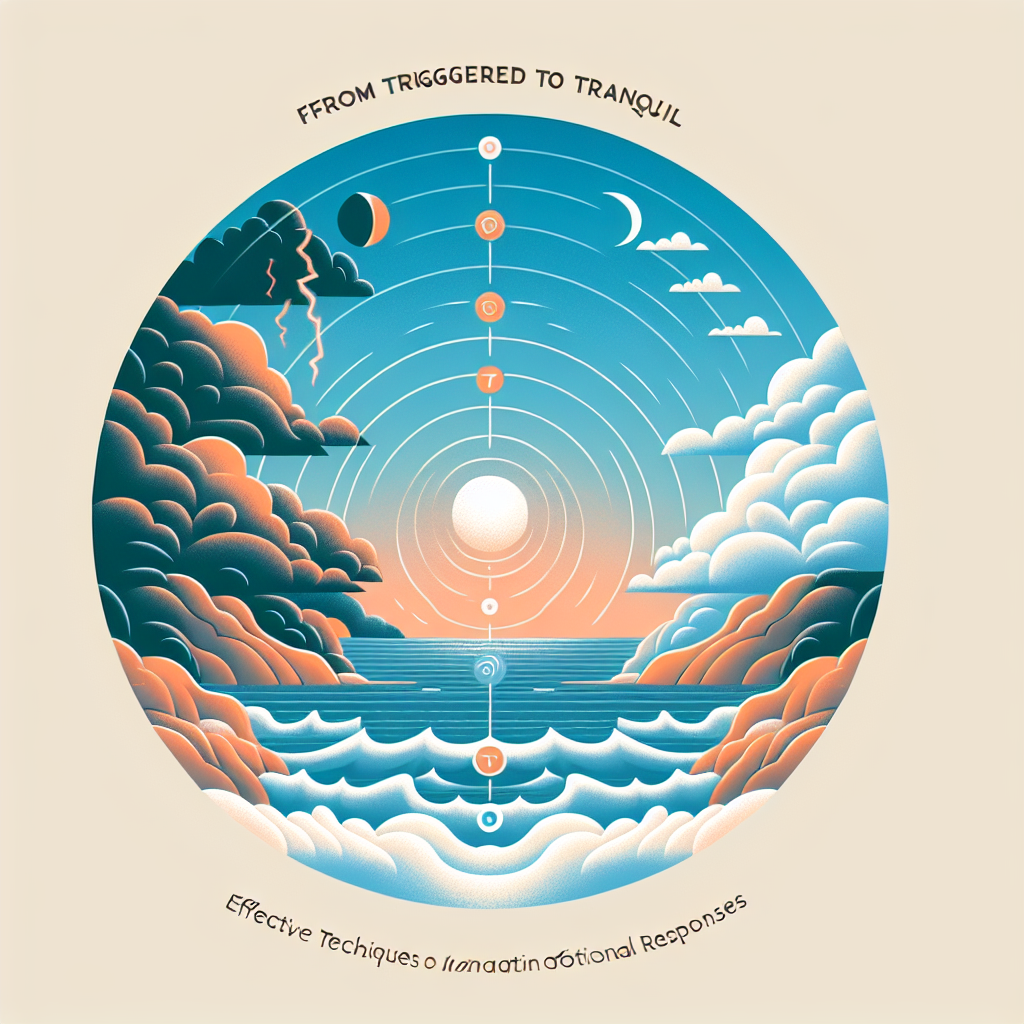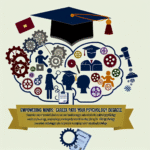
From Triggered to Tranquil: Essential Techniques for Managing Emotional Responses
Introduction: The Power of Emotional Management
In our fast-paced, ever-changing world, emotional responses can often spiral out of control. One moment you’re fine, and the next, a seemingly minor trigger sends you into a whirlwind of stress, anger, or anxiety. The ability to navigate and manage these emotional storms is not just a luxury; it’s a cornerstone of emotional intelligence and mental wellness.
In this comprehensive guide, From Triggered to Tranquil: Effective Techniques for Managing Emotional Responses, we will delve deep into understanding emotional triggers, explore effective tools and techniques to foster tranquility, and offer insights that empower you to become the master of your emotional domain. The journey from being emotionally triggered to embracing tranquility is not just possible; it is essential for leading a balanced life.
Understanding Emotional Triggers
What Are Emotional Triggers?
Emotional triggers are specific events, experiences, or situations that provoke an intense emotional response. This can range from feelings of anger, sadness, anxiety, or even joy. Understanding what triggers these responses is the first step in managing them effectively.
Case Study: The Office Scenario
Consider Sarah, a marketing manager who often feels overwhelmed during team meetings. Each time her manager critiques a project, she finds herself feeling defensive and hurt. Here, the trigger is the manager’s critique. Through self-awareness and emotional understanding, Sarah learns to separate constructive feedback from personal attacks, allowing her to respond more calmly moving forward.
Analysis
Sarah’s transformation highlights the importance of recognizing and mapping your emotional triggers as the first tool in the From Triggered to Tranquil: Effective Techniques for Managing Emotional Responses toolkit.
Techniques for Emotional Management
1. Mindfulness and Meditation
Benefits of Mindfulness
Mindfulness encourages us to focus on the present moment and acknowledge our feelings without judgment. Engaging in practices like meditation can help diminish reactive tendencies and cultivate a sense of peace.
Simple Mindfulness Exercise:
- Mindful Breathing: Sit in a quiet place, close your eyes, and take slow, deep breaths. Focus on the sensation of the air entering and leaving your body. Whenever your mind wanders, gently bring your focus back to your breath.
2. Cognitive Behavioral Techniques
Cognitive Restructuring
This technique involves challenging and changing negative thought patterns. By identifying irrational beliefs and reframing them into more positive and realistic thoughts, individuals can significantly reduce emotional distress.
Exercise: Thought Record
- Write down your emotional trigger.
- Identify the thoughts that arise from this trigger.
- Challenge these thoughts with evidence and reframe them positively.
3. Physical Activity
Exercise as Emotional Release
Physical activity is an effective way to manage emotions. Engaging in sports, going for a run, or practicing yoga releases endorphins, which can improve mood and reduce feelings of anxiety.
4. Expressive Writing
Journal Your Emotions
Writing about feelings can provide clarity and insight. By keeping a journal, you can articulate your emotions and reflect on triggers.
Chart: Emotional Journal Template
| Date | Trigger | Emotion Felt | Response | Reflection |
|---|---|---|---|---|
| MM/DD/YYYY | Example Trigger | Anger | Responded defensively | I could have taken a moment to breathe before reacting. |
The Role of Communication
1. Assertive Communication
Being Assertive vs. Being Aggressive
When faced with triggers, how you communicate matters. Assertiveness involves expressing your feelings and needs directly while respecting others. This approach fosters healthier exchanges and reduces potential confrontations that can heighten emotional responses.
2. Seeking Support
The Power of Discussion
Having someone to talk to can significantly alleviate emotional distress. Whether it’s a friend, family member, or therapist, articulate your feelings to benefit from their perspective.
Case Study: The Power of Peer Support
John faced anxiety attacks at work. After discussing his feelings with a coworker, he realized he wasn’t alone and gained a sounding board for venting his frustrations. Over time, their discussions gave him tools to cope better.
Analysis
John’s experience underscores that sharing feelings can reduce the intensity of emotional responses, a vital component of our movement From Triggered to Tranquil: Effective Techniques for Managing Emotional Responses.
Lifestyle Changes for Emotional Wellness
1. Healthy Eating Habits
Nutritional choices can play a pivotal role in emotional health. Consuming balanced meals rich in Omega-3s, vitamins, and minerals can improve mood and reduce anxiety.
2. Sleep Hygiene
The Importance of Sleep
Poor sleep habits can exacerbate emotional dysregulation. Focus on establishing a consistent sleep schedule to improve overall mental well-being.
3. Time Management and Organization
Reducing Stress Through Planning
Effective time management enables you to prioritize tasks and avoid the panic that arises from last-minute pressures. Utilize planners or digital apps for organization.
Conclusion: Mastering Your Emotional Landscape
In navigating the often tumultuous waters of emotions, it’s essential to remember that you can transform your reactions. Learning to manage emotional triggers is a journey, one that requires persistence, self-exploration, and the application of effective techniques.
From Triggered to Tranquil: Effective Techniques for Managing Emotional Responses is not just a phrase—it’s a lifestyle choice. By incorporating these strategies into your daily routine, you can nurture a state of tranquility and emotional resilience.
Let this guide empower you to embrace every moment, respond with grace, and cultivate a life characterized by emotional balance—after all, the peaceful path is achievable for everyone.
FAQs
1. What are some common emotional triggers?
Common triggers can include stressful events (like job loss), critical feedback, financial worries, and significant life changes (e.g., divorce).
2. How do I identify my triggers?
Keep a journal where you note situations that provoke strong feelings and evaluate the circumstances surrounding those events.
3. Can physical exercise really help with emotional management?
Yes, physical activity is scientifically proven to release endorphins, improve mood, and decrease anxiety.
4. What is the first step to managing emotional responses?
The first step is self-awareness. Acknowledge your feelings and recognize what triggers them.
5. Is it necessary to seek professional help for emotional management?
While self-help techniques can be effective, seeking professional guidance is beneficial if emotional triggers severely impact daily life.
By understanding and implementing From Triggered to Tranquil: Effective Techniques for Managing Emotional Responses, you lay the groundwork for a more fulfilling emotional life. Let’s embark on this journey toward tranquility together!

















